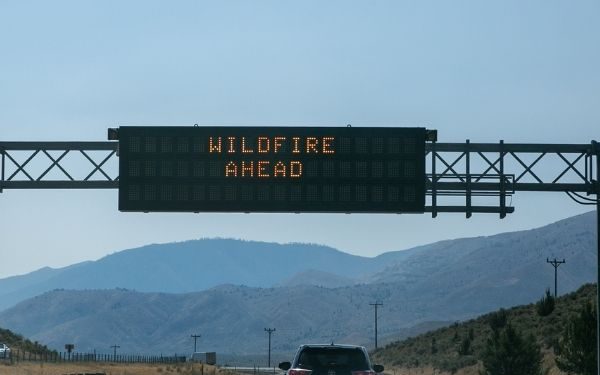As Oregon braces for what’s expected to be a severe wildfire season, local governments are facing serious challenges due to a halt in federal funding. A key emergency management grant has not been renewed, raising concerns about the state’s ability to respond effectively to disasters like wildfires, floods, and other emergencies.
Federal Support on Hold
This Article Includes
The Trump administration has not released the Emergency Management Performance Grant (EMPG), a vital $4 million annual fund that supports Oregon’s counties and tribal governments. This delay leaves communities, especially rural areas, scrambling to maintain emergency response capabilities.
According to Bryan Lee, emergency manager for Benton County and chair of Oregon’s Emergency Management Command Council, the consequences are already clear: “Getting alerts out will be delayed or less effective. We might not be able to set up or manage mass care shelter sites properly.”
Many counties have only one or two emergency managers, and in smaller, rural communities, the EMPG provides nearly half of the emergency management budget. Without this funding, local governments may be forced to cut critical services or rely on untrained staff to manage disaster response efforts.
State Lawmakers Urged to Step In
Oregon counties are asking the state legislature to allocate $9 million in the upcoming two-year budget to support local emergency systems. But with the state facing a tighter budget than expected, the likelihood of receiving that support remains uncertain.
Erin McMahon, director of the Oregon Department of Emergency Management, expressed concern for Eastern Oregon communities especially prone to wildfires: “How can we keep those communities safe if their emergency managers can’t be there because of a funding gap?”
Broader Cuts Add Pressure
This funding freeze comes amid President Trump’s push to phase out FEMA and cuts to the U.S. Forest Service, which plays a major role in coordinating wildfire responses. The cumulative effect is already being felt in counties like Union, where emergency manager Nick Vora said even basic operations are stretched thin.
“Responding to fires, making sure evacuations happen on time—it’s all supported on a very thin margin,” said Vora. His county is already rearranging its budget just to keep him employed, and long-term disaster preparedness projects, like restoring sewer services at the fairgrounds, are now in jeopardy.
Other counties may be forced to delegate emergency alert duties to staff without the necessary training or experience.
Impact on the 2025 Wildfire Season
Lee said the impact of these cuts will be most visible during the upcoming wildfire season. In some cases, the Forest Service is already asking local emergency managers to take on more responsibilities due to their own staffing shortages.
“Of course we’ll help,” Lee said, “but that opens up a whole other area of concern.”
Federal Lawmaker Responds
U.S. Rep. Cliff Bentz, who represents much of rural Oregon, downplayed concerns about Forest Service cuts. Referencing a memo from House legal assistant Mason Justice, Bentz noted that Oregon and Washington have lost about 250 Forest Service employees, with a national reduction of around 1,000 permanent positions compared to last year.
“People running around yelling about this, you would think they’d been cut by half,” Bentz said, arguing that the remaining staff levels are still sufficient.
Looking Ahead
With wildfire threats increasing and federal support on pause, Oregon’s emergency managers are left in a tough spot. They continue to advocate for restored funding and state-level help, while preparing to stretch limited resources as far as possible to protect their communities.











